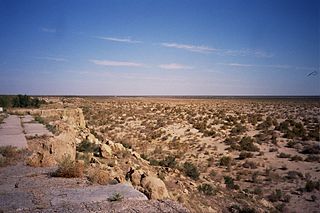Climate Change and Drought – Those Most Affected May Be the Last to Know

“We get an average of 16 inches of rain a year. This year we got seven, making a bad condition worse. We’re getting it from both ends.”
“Tell me about that,” I asked. “What do you mean by ‘both ends?’”
“We grow in the top foot or so of topsoil. That means we need water coming down from the surface, or coming up from the water table below. For the first time in my life (he and I are within a few months of the same age – 58) the water table continues to be falling away from beneath us at the same time the rainfall seems to be going elsewhere. A few years ago, I had 55 acres of crops. Now it’s 22. Next year, if there isn’t a change, it will be 12.”
I asked, gentle as you please, if he thought that global climate change may be playing a role. I was thinking of the connection, oft-reported in scientific journals, between the melting of the arctic ice and the falling levels of precipitation in our part of the world.
“Nah,” he dismissed with a derisive backhand brush of his hand.
It was at that point that I knew I could have been on my way to a conversation with an awkward end, and so I changed the subject.
Ironically, those who may be the hardest and most immediately hit by climate change may be the last to come to terms with its deadly effects.
